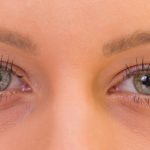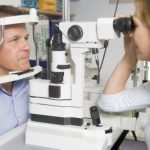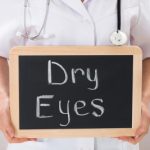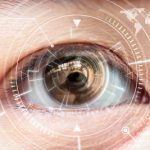
The cornea of the eye normally has the appearance of a dome. However, some patients develop a cone-shaped cornea. This condition, known as keratoconus, thins the corneal tissue and creates Continue reading →

It’s not unusual for a person to experience occasional eye dryness. Temporary eye dryness and eye irritation may be caused by environmental factors, such as low humidity, strong winds, and Continue reading →
Just like many other parts of your body, your eyes can benefit from regular exercise to maintain their mobility and the flexibility that allows them to focus on objects both Continue reading →

Eye conditions such as keratoconus and pellucid marginal degeneration affect the cornea and often lead to symptoms that include vision loss, blurred vision, and sensitivity to light. Collagen crosslinking is Continue reading →

As your body changes with age, so do your eyes. Over time, you may experience age-related vision changes, including blurred vision, difficulty focusing, and dry eyes. You and your eye Continue reading →

Dry eye syndrome occurs when the eyes cannot produce enough tears or do not produce tears with optimal properties, causing them to evaporate too quickly or fail to lubricate the Continue reading →
Keratoconus is a progressive disease than can significantly impair vision, but help is available. There are several keratoconus treatment options that your eye doctor can use to manage each stage Continue reading →

The eye needs a continuous supply of tears to keep it healthy and comfortable. Unfortunately, many people suffer from dry eyes. Having dry eyes may be caused by poor tear Continue reading →

Laser in situ keratomileusis (LASIK) is an effective treatment option for nearsightedness, farsightedness, and astigmatism. If you’re considering having refractive surgery, you can schedule a consultation with Dr. Robert Mack, Continue reading →
Presbyopia is a condition in which the ability of the eyes to focus on close objects becomes gradually impaired. Although it is a natural part of the aging process, presbyopia Continue reading →
COVID-19 Update – CLICK HERE to Read our New Patient Guidelines








